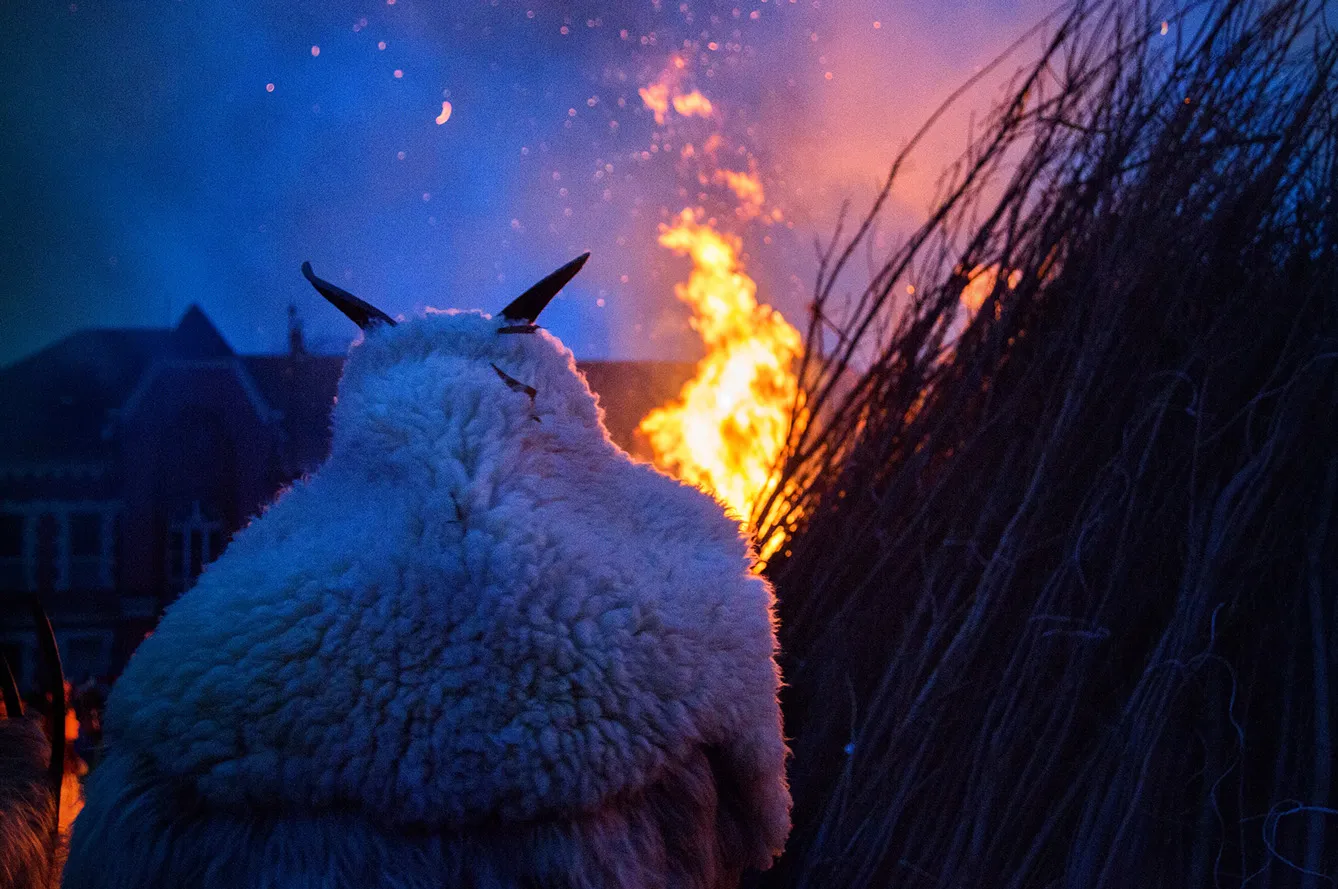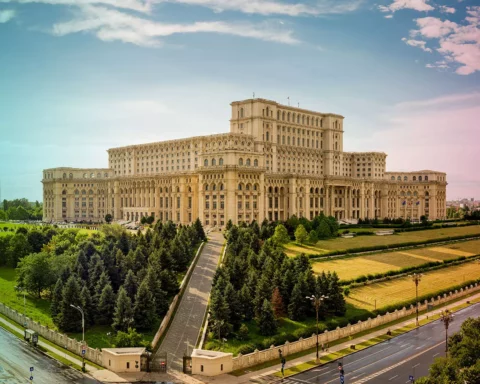Around the 17th century, a group of Slavs, known as Šokci, settled near Pécs. The exact origins of this Slavic minority living in Hungary are still a little obscure. It is suspected they might have been Roman Catholics who followed the front of the retreating Ottoman Empire. Regardless of their late arrival in the area, they consider themselves indigenous people, which sets them apart from your regular ethnic minority. Making themselves comfortable in their new home, they brought a gift of traditions and cultural heritage cherished by their generations. Busójárá is one such input to the Hungarian cultural identity. What is it all about?
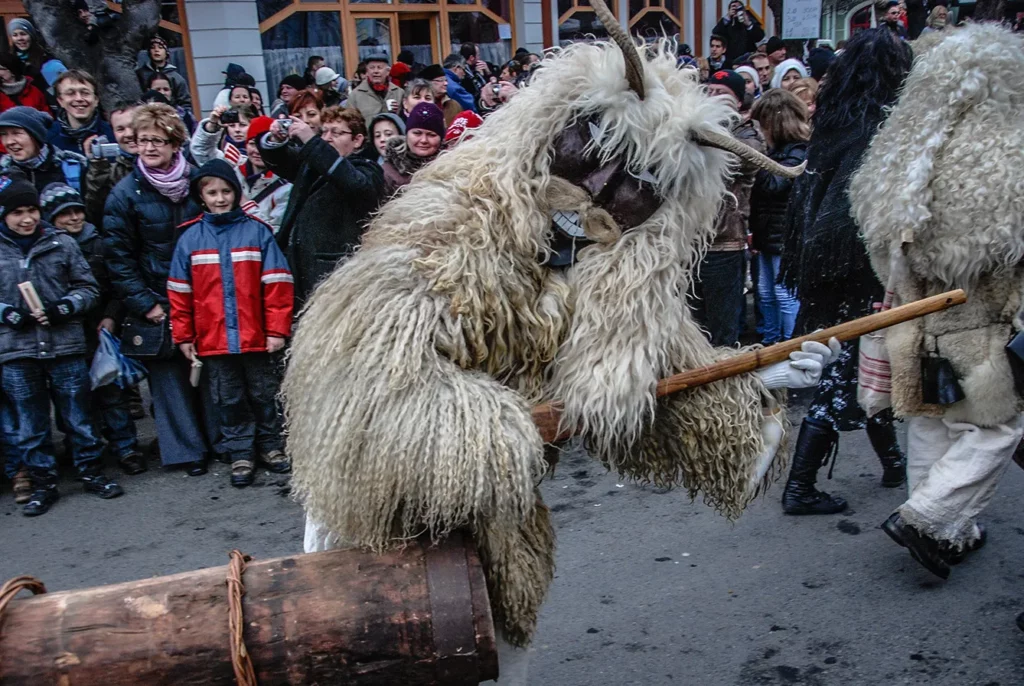
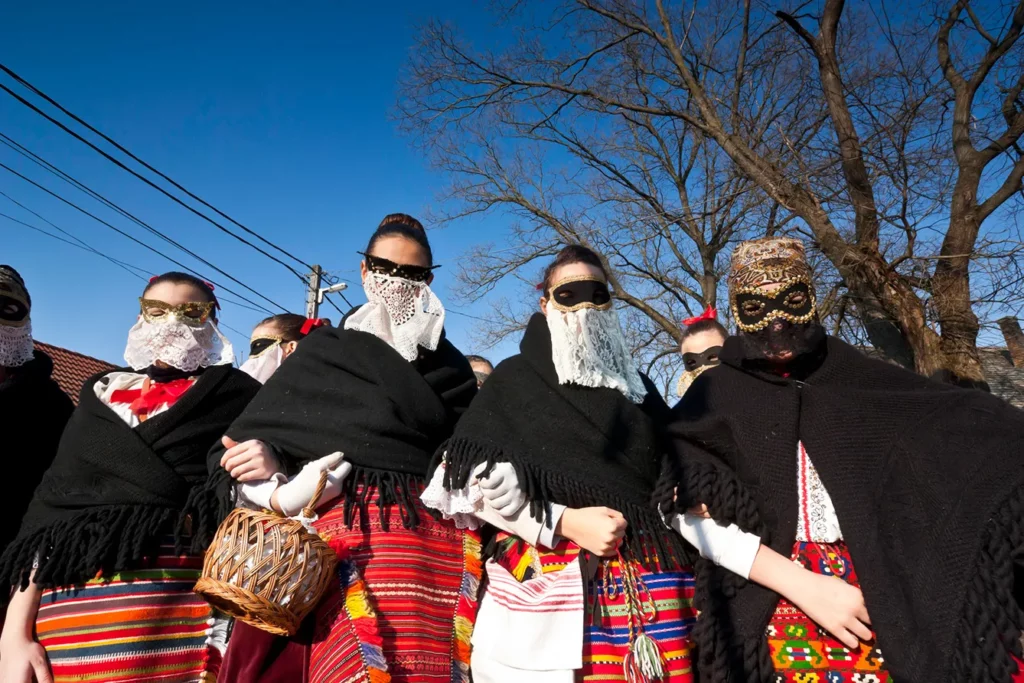
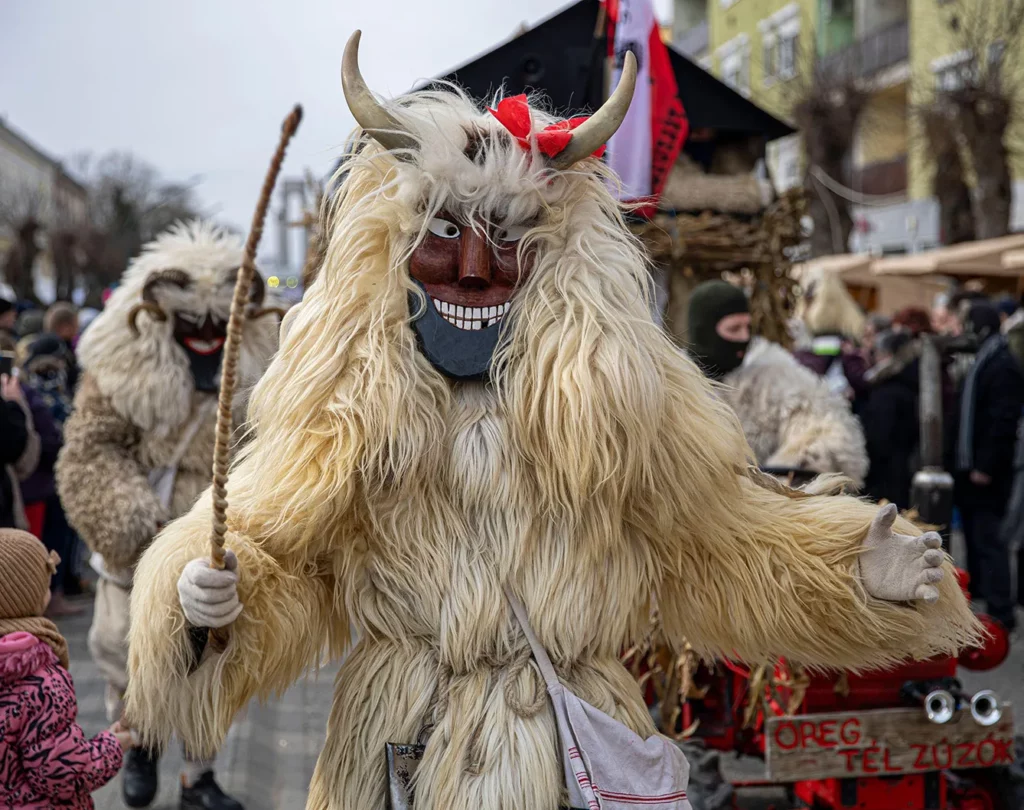
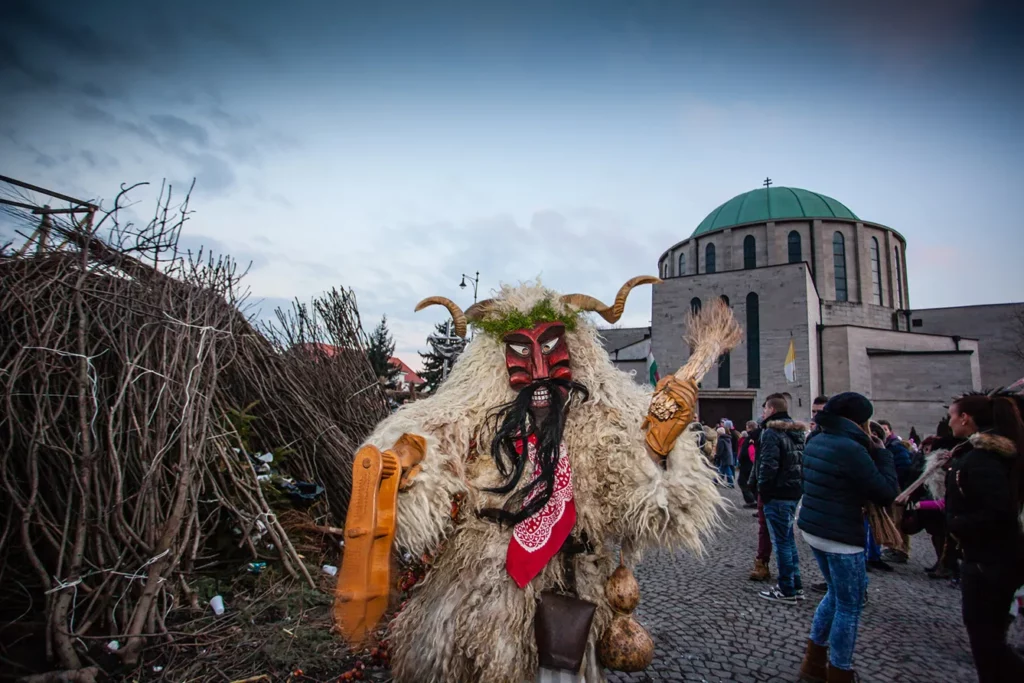
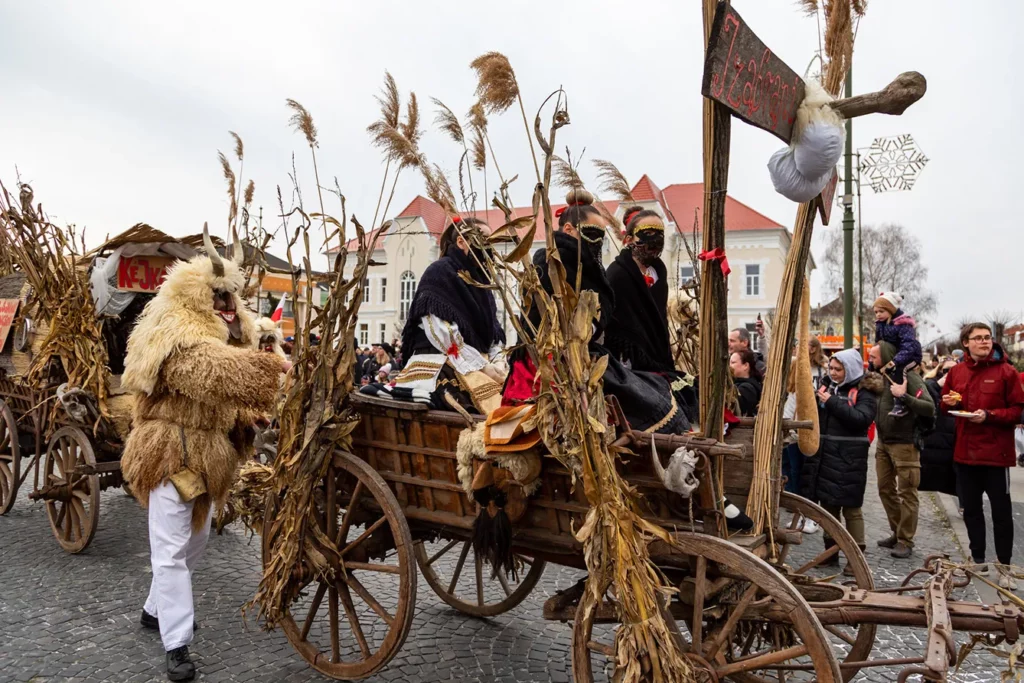
Busójárá: when spring is around the corner
If you find yourself in the area at the beginning of February, towards the end of the carnival, don’t be alarmed when you hear a lot of noise made by groups of demons wandering about the city. That’s normal (for Mohács that is). At some point in history, Šokci decided that making a lot of commotion is bound to shake up the winter setting and make way for better times. Spring can be felt just around the corner with its life-giving power that will once more breathe life into the world, lost in its slumber. Centuries later, people still practice this unique tradition with folk music, dance, bonfires, and lots of traditional food. Celebrations of the Busójárá usually last for about six days – just to make sure old, grumpy Lady Winter got the message and will soon depart.
You can’t fight them – you scare them away with Busójárá
But is there a story behind the reasons for such a loud and, at times, scary celebration? In fact, there is more than one! The generally accepted version of scaring winter away is what best fits the time of year Busójárá is held, as it coincides with the end of the carnival season and the beginning of spring. There is, however, another version similar in its meaning. The other legend speaks of the times when the Turks were ruling over the land. Local people wanted to break free from the oppressor, but the odds were not good for Šokci, who had to flee their town and hide in the local woods from the stronger enemy.
Then one night, a mysterious figure appeared among them and told Šokci to take heart as better times were to come. He asked them to prepare weapons and… scary outfits with masks and wait for a sign that was to be given on a stormy night by a masked knight. And lo and behold! A few days later, the awaited knight did appear on a stormy night. He called the Šokci to follow his lead, making as much noise as possible. Their sudden appearance is said to have scared the Turks so badly that they fled the town, thinking hell had opened up, and demons roamed the streets, keen to end their lives.
Bao-Bao!
As you can see, the legend of the Turks, historically more founded, is very similar in its message to the older version where busós, so the masked creatures, are making way for spring to come. Traditionally, the identity of men dressed up as busós has to be protected – similarly to the superheroes we know from films and comic books. Hence some of them would change the appearance of their mask throughout the celebrations to keep their identity safe. Groups of loud, cheeky demons would announce their arrival at each household by blowing horns and vividly shaking their rattles. They would walk around each home, tapping all four corners, and visit the livestock.
One busó would carry a bag with ashes he would scatter on the hay at the stable and the threshold of the household to keep bad fortune and illnesses away. The rather merry company would often cheer Bao-Bao!, with people echoing their cries. Apparently, it must mean something scary enough to old Lady Winter, as sure enough, a few weeks after the Busójárá, winter departs, and spring begins to put color to the lifeless surroundings. The tradition is a merry, loud, and vivid one. And despite the changing reality where being rational is praised over holding any superstitions – Busójárá is still practiced with the same eagerness as hundreds of years ago.
In 2009, the unique character of this holiday was recognized by UNESCO and entered the list of Intangible Cultural Assets. So, if you long for spring to make an earlier appearance, make sure to be with the Šokci in the Hungarian Mohács to Bao-Bao the winter away. The locals are happy to receive all the help they can get, as making noise during Busójárá is a serious business.


